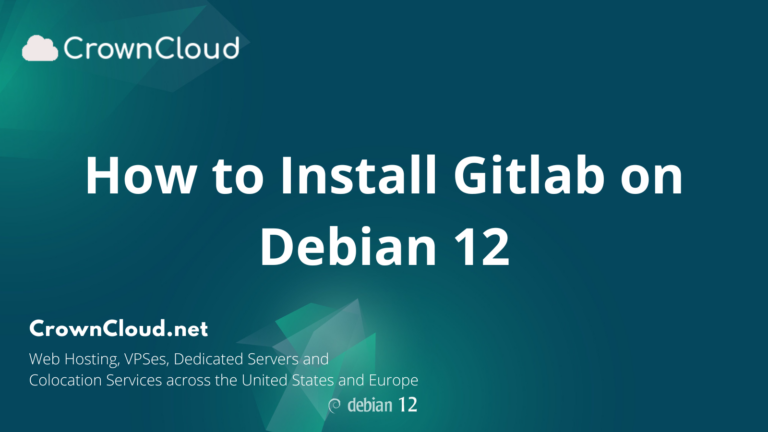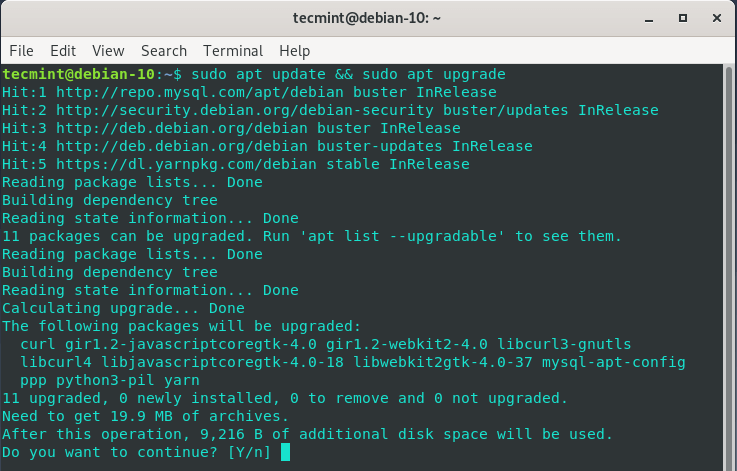

Adding APT sources from optical media 4.4.

Adding APT sources for a local mirror 4.3.3. The non-free and non-free-firmware components 4.2.9. Clean up leftover configuration files 4.2.8. Prepare a safe environment for the upgrade 4.2. Back up any data or configuration information 4.1.2. If the apt-listchanges shows up during the upgrade, you can press the Q key to return to the main screen.Table of Contents 4.1.
#DEBIAN 10 TO 11 UPGRADE UPDATE#
Next, update software sources and upgrade software to the latest version available in the bullseye repository. Then we need to disable third-party repositories with the following command, which will add a # character at the beginning of line for every. sudo sed -i 's/debian-security bullseye\/updates/debian-security bullseye-security/g' /etc/apt/sources.list The security suite is now named bullseye-security , so run the following command to replace the old suite name.

sed -i 's/buster/bullseye/g' /etc/apt/sources.list If you don’t like changing it one by one, then you can exit out of Nano text editor (Press Ctrl+X) and run the following command for batch replacement. nano /etc/apt/sources.listĬhange all instances of buster to bullseye. Next, we need to edit the sources.list file with a command-line text editor such as Nano. (Remember to switch to root user again after the reboot.) shutdown -r now To reboot Debian, run the following command. If a new kernel is installed when running the above command, then you need to reboot the system in order to continue the upgrade process. Then update existing software using the following two commands. You will need to enter the sudo user’s password. If you have a sudo user, you can also switch to root by using the following command. You will need to enter the root user’s password. To upgrade to Debian 11, switch to root user with the following command. You can use the command line to upgrade Debian desktop or a headless server. sudo systemctl restart ssh Upgrade Debian 10 Bullseye to Debian 11 Bullseye Using Command Line

It’s also recommended to add the following line at the bottom of the /etc/ssh/sshd_config file on your server to keep your SSH session alive. Then you will be able to run commands as usual. Upon the first launch, you will see an introduction text, simply press Enter to end.
#DEBIAN 10 TO 11 UPGRADE INSTALL#
Install screen on the Debian 10 server: sudo apt install screen If you use SSH to log into your Debian server, it’s a good idea to keep your OpenSSH session alive by using the screen utility. If you are using a laptop, please connect your power source. If you are trying to upgrade a Debian VPS (Virtual Private Server), you can use your hosting provider’s snapshot functionality to create a snapshot of your server. Top 5 Linux Themes for Mate Desktop Environment.Everything on your OS including software and files will be intact. If the upgrade fails, you can easily restore your OS. sudo apt remove *nvidia*īefore doing the upgrade, you can make a backup of your computer using Clonezilla.
#DEBIAN 10 TO 11 UPGRADE DRIVER#
If you installed the proprietary Nvidia driver on Debian 10 desktop, I recommend removing it before the upgrade because the Nvidia driver caused package conflict when I attempted to upgrade Debian buster to bullseye.


 0 kommentar(er)
0 kommentar(er)
